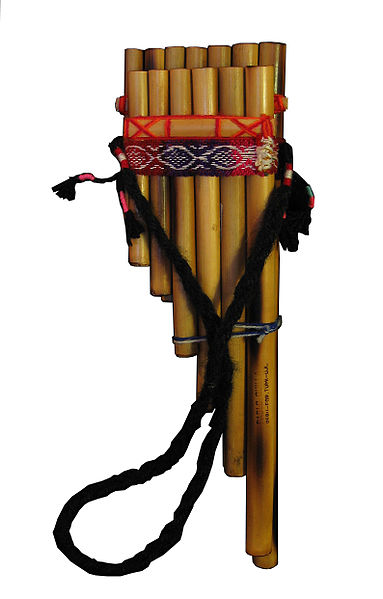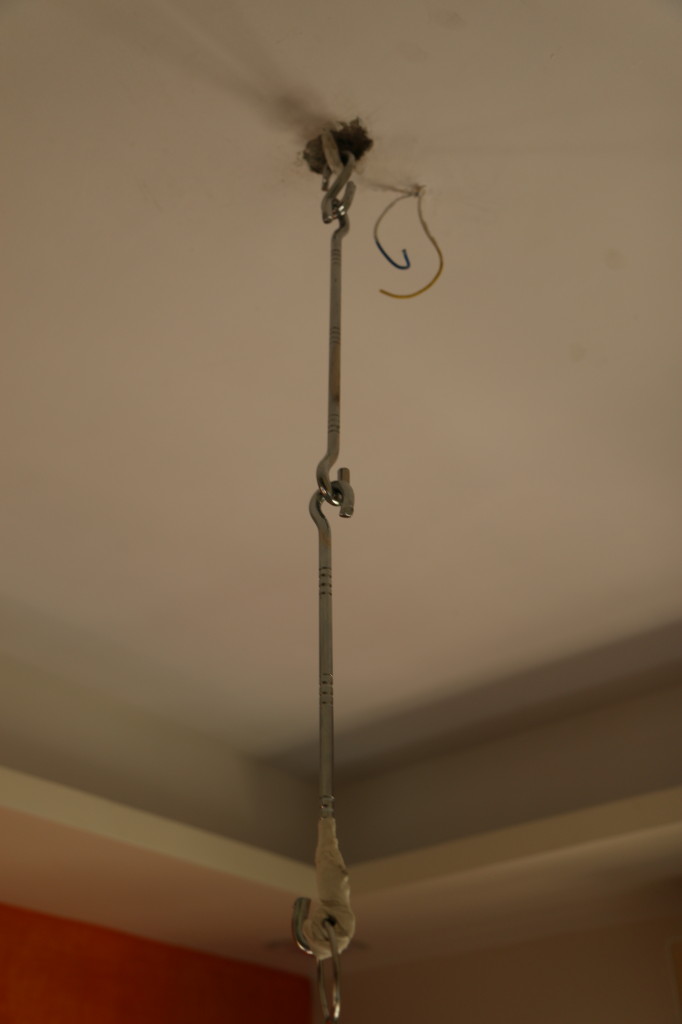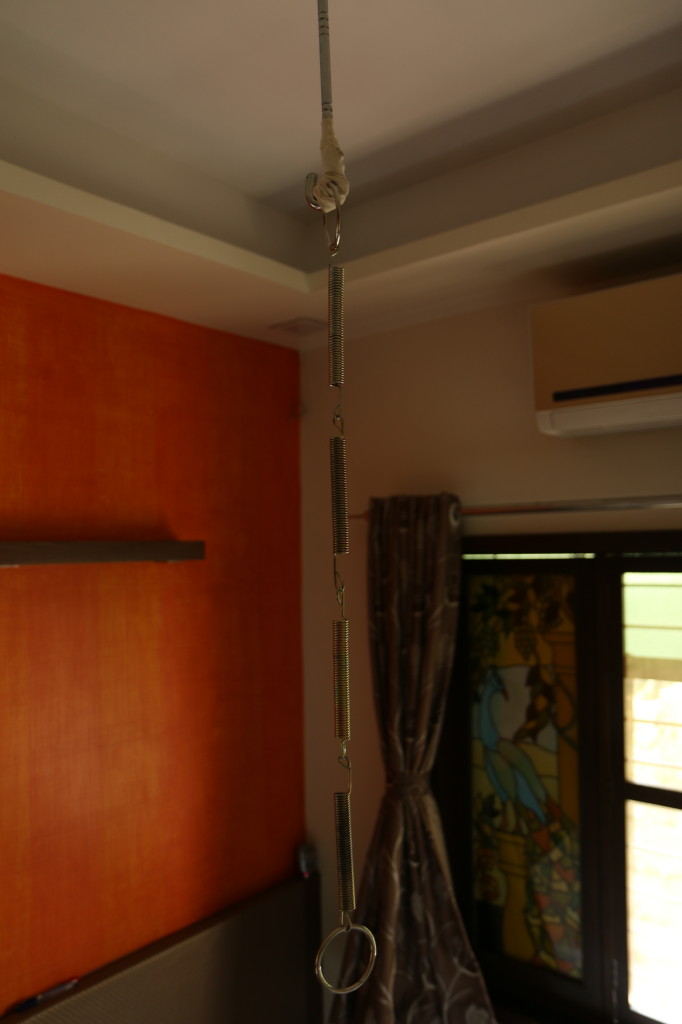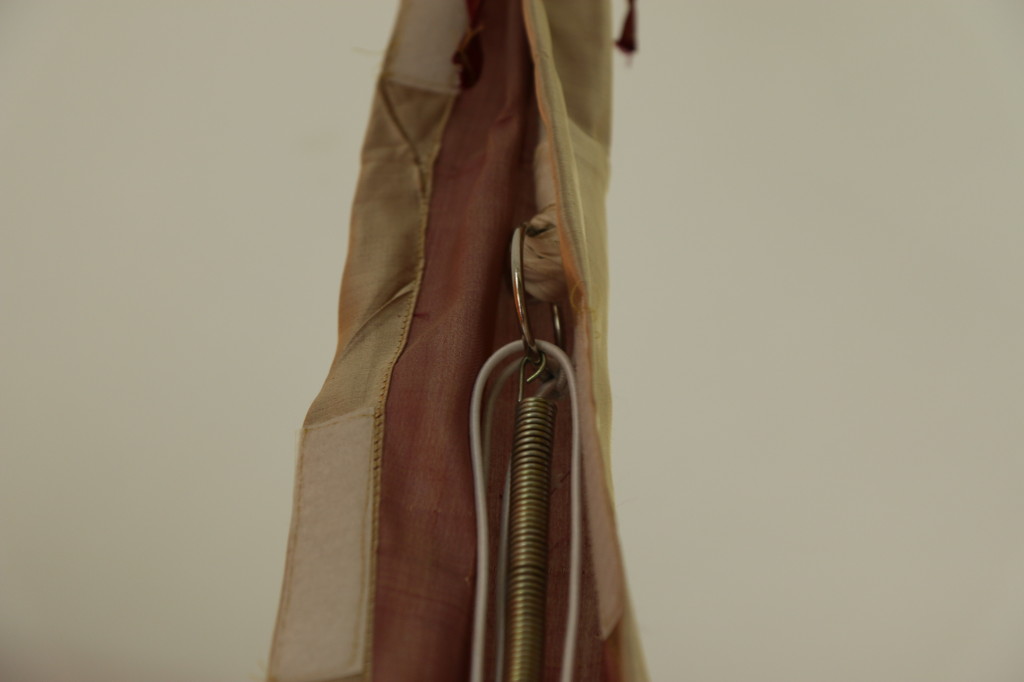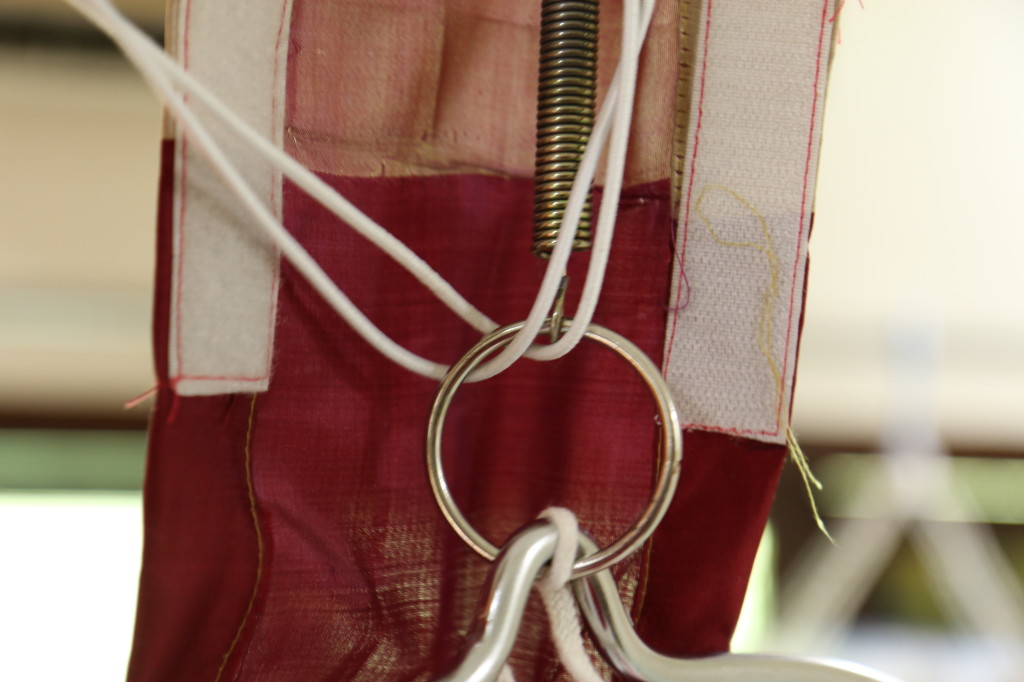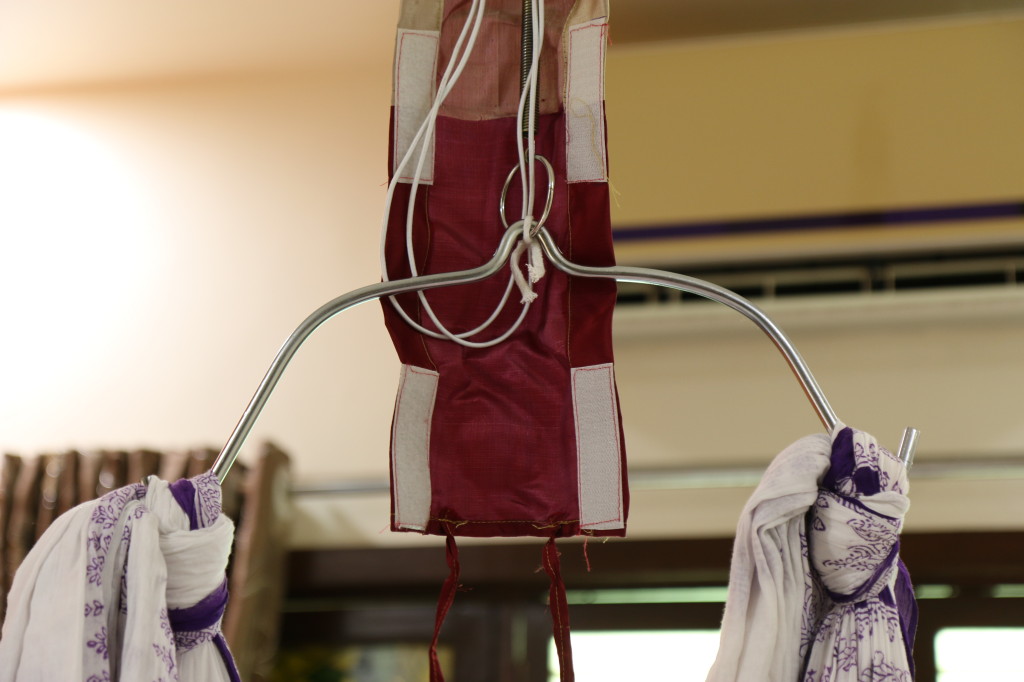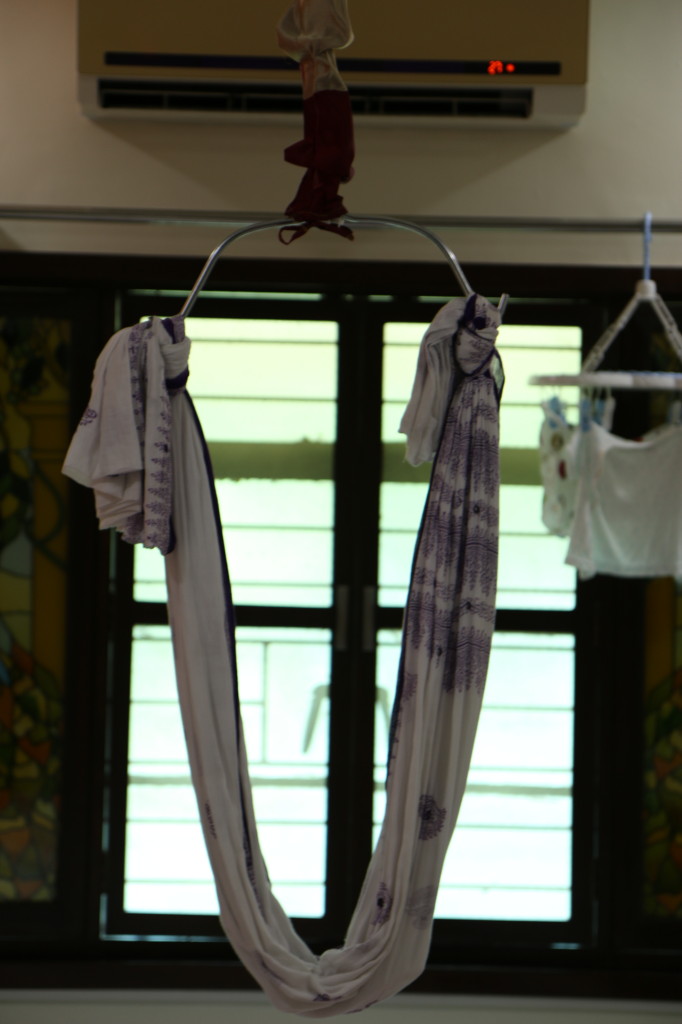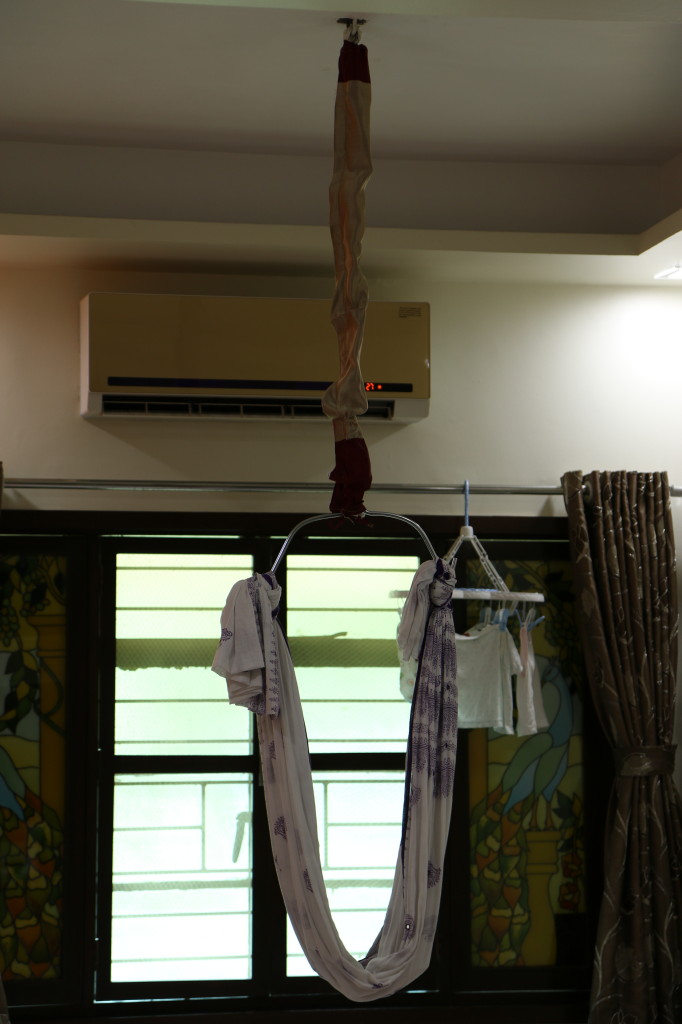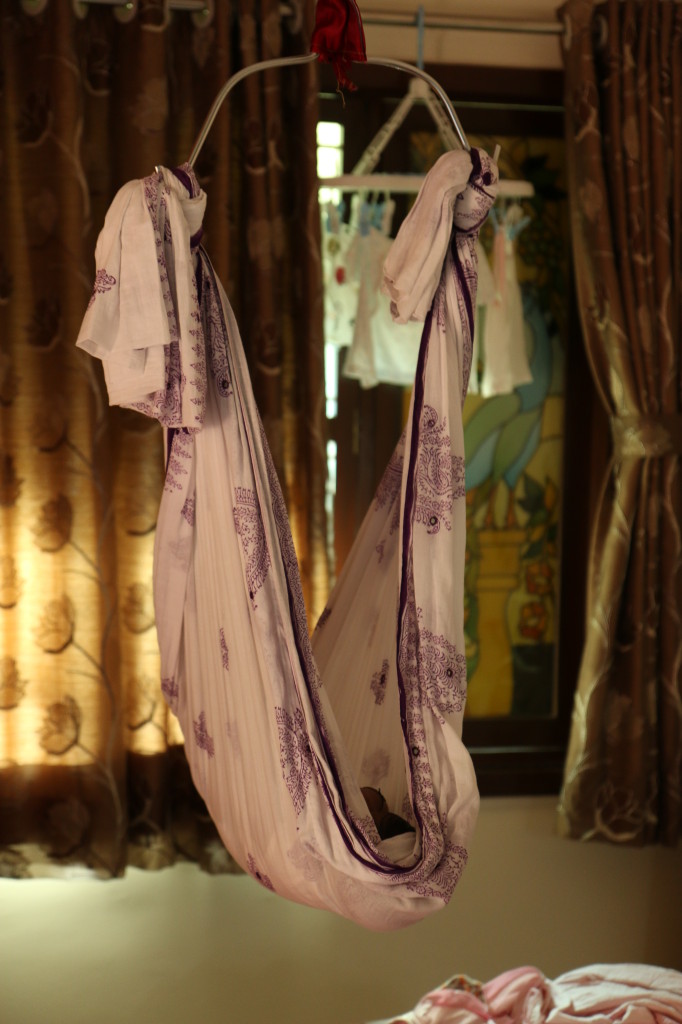As always, opinions are quite divided about Modi and the change he will bring about. To some he is the silver bullet for all the problems that India faces. To others, he is the next Hitler who is going to exterminate all Muslims. There seems to be hardly anyone around who is taking a more pragmatic view of the man.
In 2002, I chose to do my graduation in Gujarat. I did so, very well knowing that it had witnessed one of the worst plagues in 1993, an earthquake in 2001 and one of the worst riots in 2002. The reasons were simple. There was some fascination about Gujarat. The land of Mahatma, Sardar and now Ambani. The land from where all good/bad was imported into India. East India company had it’s first base in Surat. Parsis came in from Gujarat and the list goes on.. My close relatives were like .. “Are you crazy??, You want to get yourself killed?”. When I landed in Gujarat in Sept 2002, I felt vindicated. Surat was very different from anything that I had seen in Karnataka (including Bangalore). As they say, there was some energy in the air. Even the chicken center guy outside the college had something that you could learn from. Entrepreneurship runs in their blood.
Coming back to Modi.. There was some unmistakable efficiency about everything that happened around us. I saw the road in front of our university getting converted to a concrete road. It was done in 3-4 months flat. In 2014, in the heart of Bangalore, I see that a much smaller section of road is getting converted to concrete since 1.5 years and is still in pathetic shape. Roads used to be always damn clean! And interestingly, I had not seen any sweepers in the morning. One day, on one of our early morning outings at about 4:00AM, I realized that the sweepers come in very early and swank it up well before the wake up alarms go off. Modi started the now famous Biennial Vibrant Gujarat programs. These programs are conducted in a different district each time and have a very energizing effect on the business in the chosen districts. I was lucky to witness the one in 2005 as it was in Surat. Come Navaratri every year and you could actually see what ppl outside Gujarat talk about. Girls on scooties go around without fear at midnight. Crime rates in Gujarat have always been among the lowest in India. Occasionally, you would hear a crime related to the diamond market (It is not surprising given that more than 85% of world’s diamonds are cut in Surat). But that’s about it. In 2006, the notorious Tapi flooded Surat for the n’th time. I visited Surat for the convocation ceremony 3 months after the floods and I could not see any tell-tale signs of the flood. A similar occurrence in Bangalore would have crippled the city for months.
On the whole, while it looked like while Modi was an able administrator, it is hard to pick faults in his predecessors, as Gujarat was almost always a front-runner on any good statistic. His specialty comes in the way of small innovations he does to make things more efficient. He is also special because he works exceptionally hard. He has no family to run and works 24×7. On the negative side, it is hard to believe that he had no active role in the Gujarat riots. See this video and tell me he is doodh se dhulahuwa (A phrase in Hindi which means pure, washed of milk).
India is much more diverse than Gujarat. Moreover, Modi took reins of Gujarat when Gujarat was already doing good. It is easier to take good to better than it is to take bad to good. It is unfair to expect some magic in 5 years. But, mind you, he is very good at making small changes that are directly visible and will win him votes again while working on longer term improvements in the background. It is this trait that makes him a very good politician apart from being a good administrator. Also, considering Modi’s political maturity, I am sure 2002 won’t happen again. When 2002 happened, he was a political fledgling and had almost nothing to lose and everything to win. Now, with one bad move, he has everything to lose.
In summary, the road to glory looks like a long one and Modi will hopefully take us there without any events that we would want to forget about. Eagerly waiting to see a more vibrant India in 2024 voting Modi back to power.

